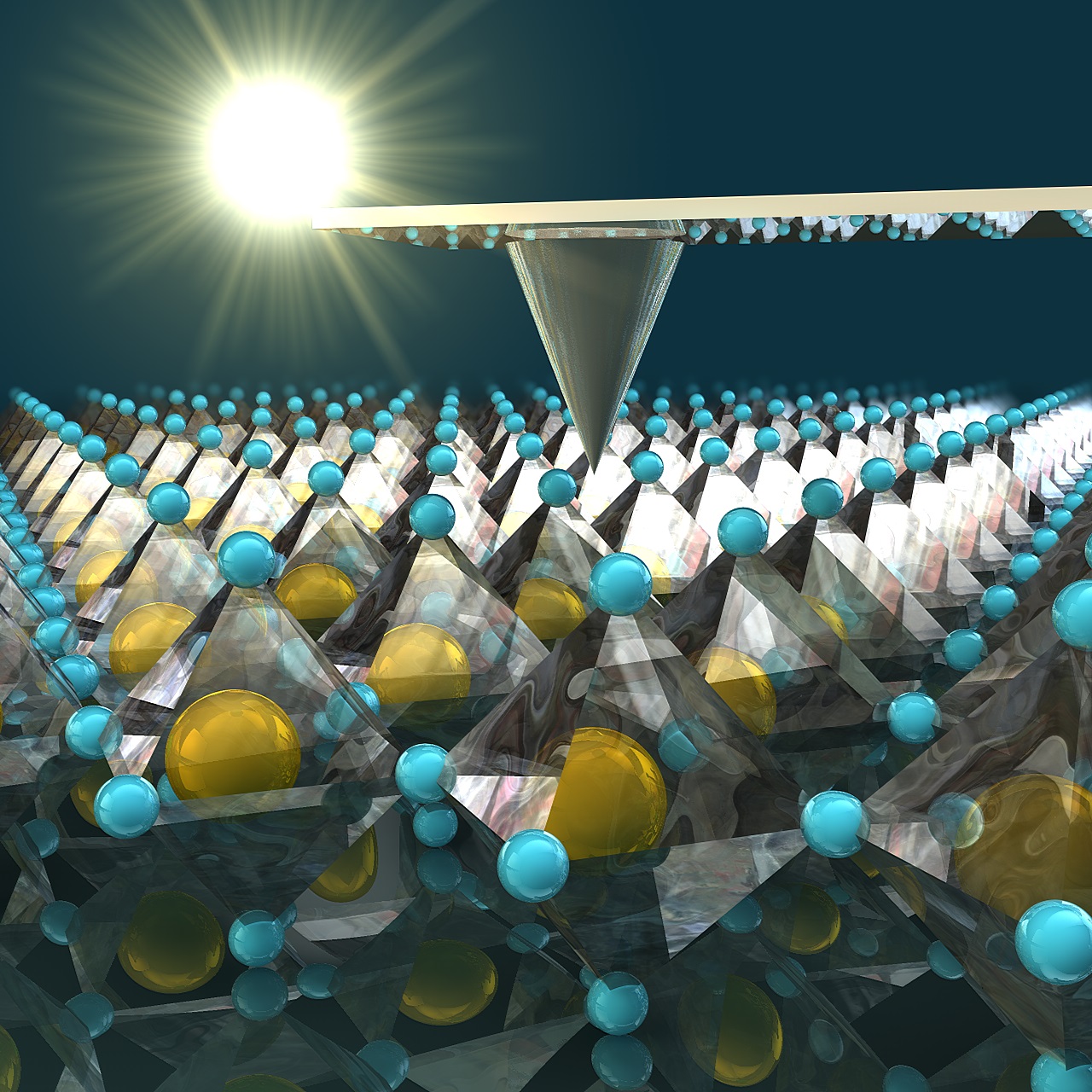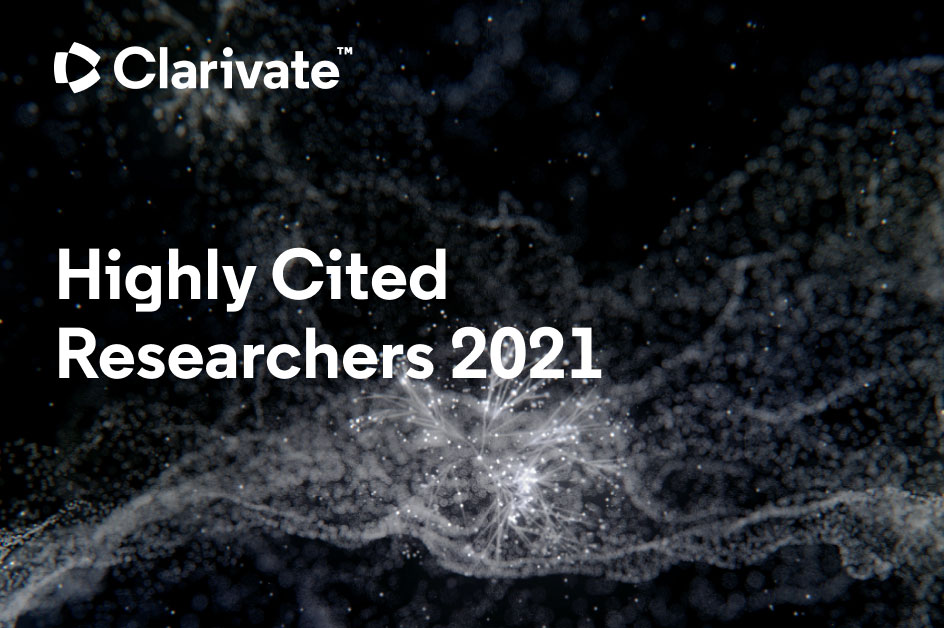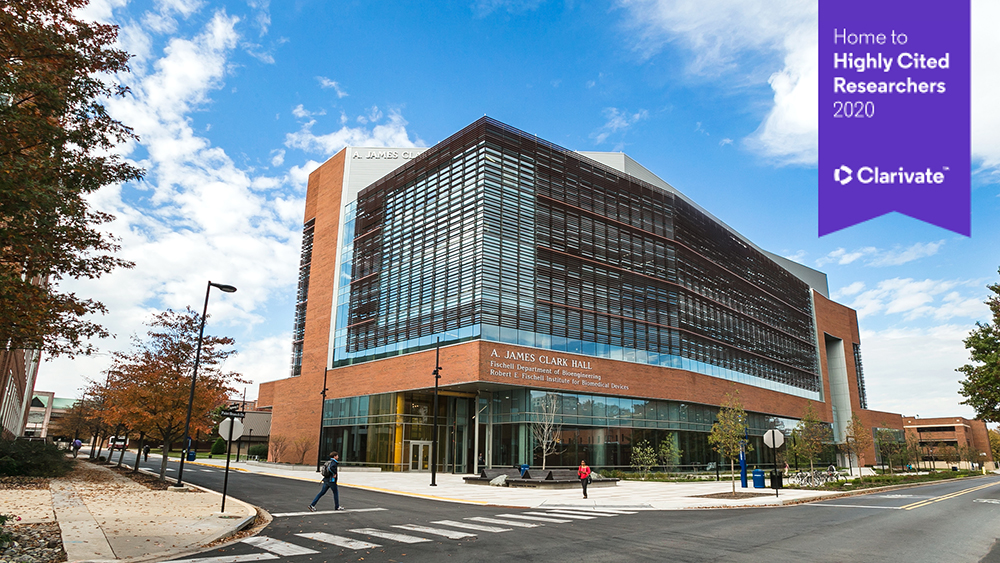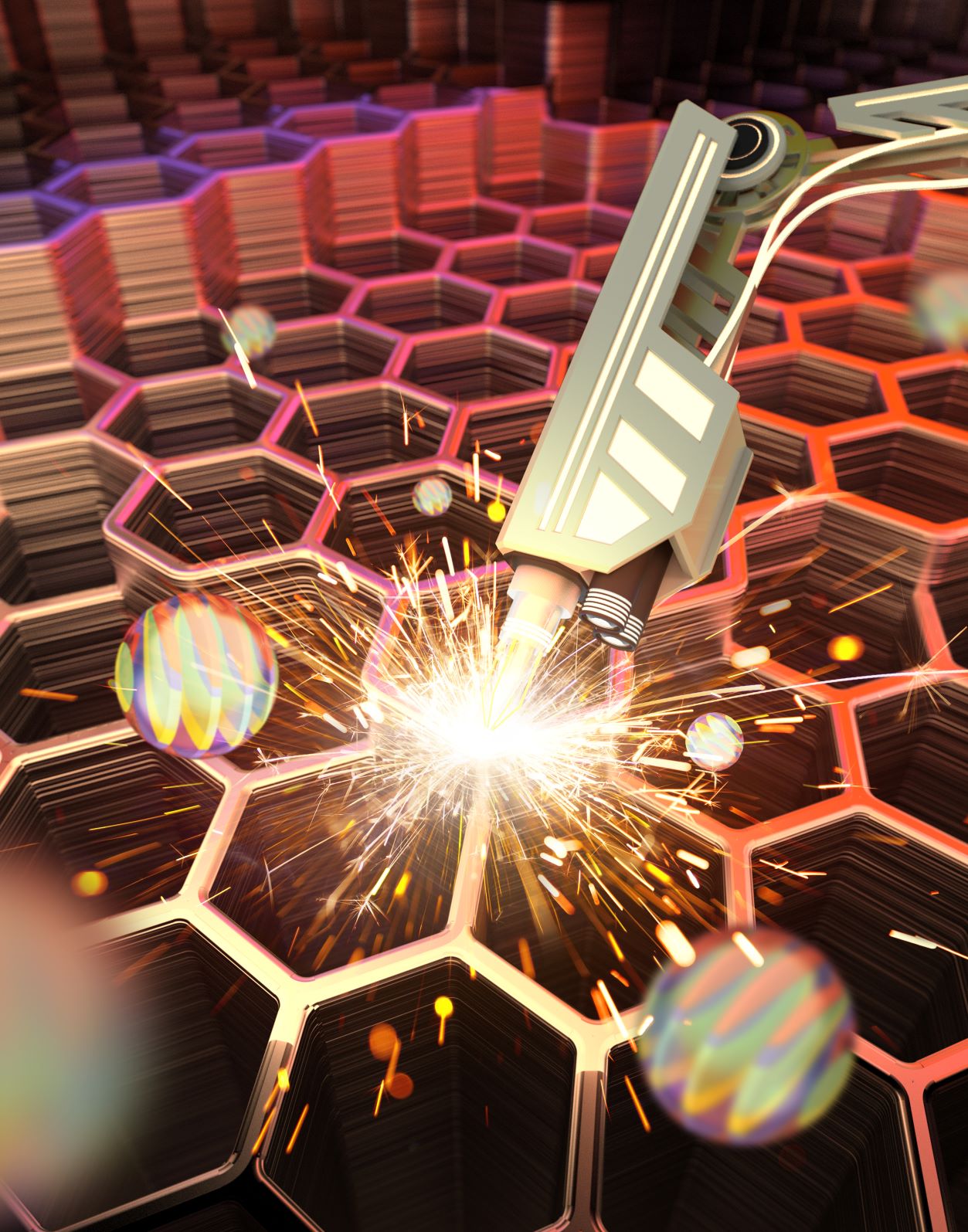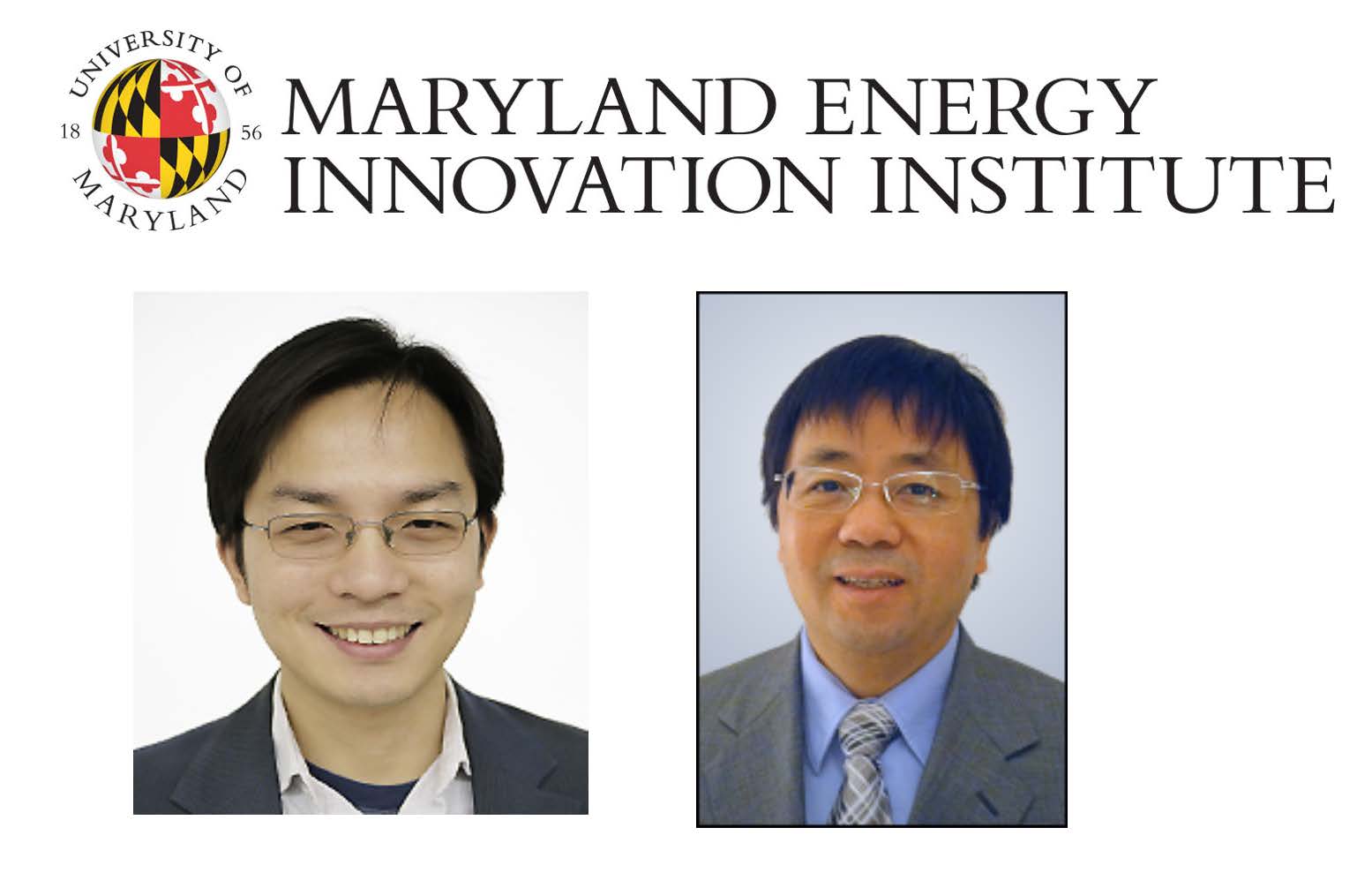News Story
The Promise of Perovskites: Using machine learning techniques, Leite Group investigates impact of environmental stressors on perovskites.
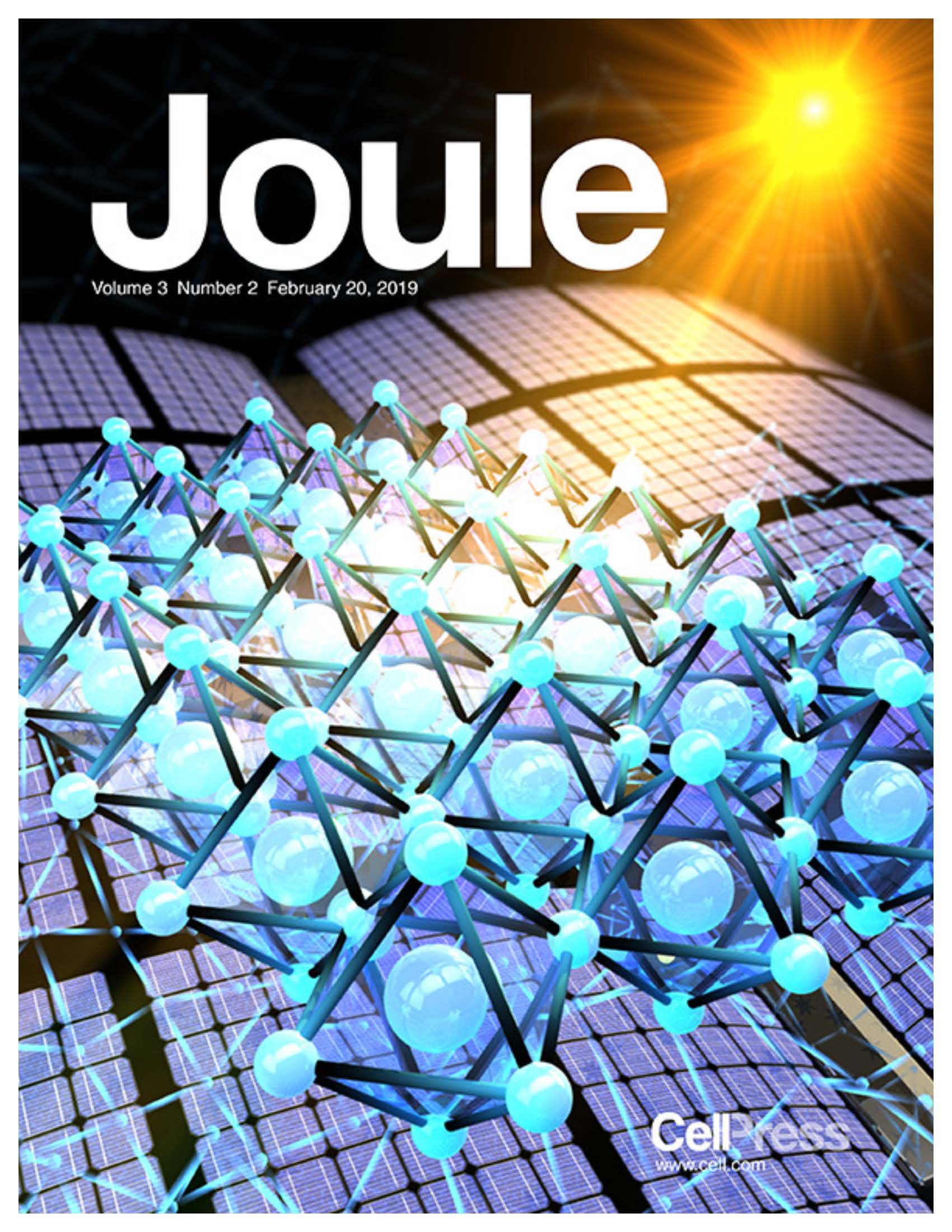
Metal-halide perovskite solar cells have reached a high level of efficiency (~23%) over a short period of time, and are cheap to manufacture. However, problem areas remain surrounding the material’s stability under standard environmental conditions (e.g., humidity, oxygen and temperature levels).
In a perspective recently published in Joule, a University of Maryland research team reviewed recent literature and highlighted the recovery ability of these materials depending on various environmental stressors. The team – led by Materials Science and Engineering (MSE) Assistant Professor, Marina Leite – identifies the potential role of machine learning (ML) techniques to accelerate the commercialization of these materials, and provide a starting framework. John Howard, an MSE gradate research assistant, and Elizabeth Tennyson (MSE Ph.D. ’18, currently a postdoctoral researcher at the University of Cambridge) served as first authors on the resulting research paper.
“Current commercial solar modules are required to retain >80% of their initial efficiency after 25 years,” said Howard. “The most durable perovskite solar cells only last 10,000 hours, underscoring the large gap in stability that exists in current technologies. Our Perspective reinforces the need for researchers to comprehensively study the unique ability of organic-inorganic metal halide perovskites to recover their performance over 100s of cycles to close this divide between lab and market.”
Indeed, machine learning provides a viable way of evaluating the number of combinations between environmental conditions, and building smart monitoring networks, which are unique to this material.
“In the Leite lab, we’re varying one environmental parameter at a time to see if we can predict the optical behavior of the material simply based on the value of said parameter,” Howard said. “For instance, in one set of measurements, we control and track the relative humidity while looking at the material light emission. The next step is to train an ML model to predict future light emission based on only the relative humidity values, and to determine how much data is needed to achieve sufficient accuracy.“
When comparing energy technology, cost is often the deciding factor. Once these stability issues are solved, perovskites can provide a route towards more efficient technology via solar applications.
“As with many fields, the solutions to these issues will build on interdisciplinary research efforts,” Howard continued. “In terms of applications, we envision the deployment of new solar module monitoring systems that measure relevant environmental conditions, and predict performance over the long-term.”
This research - highlighted on the cover of the February issue of JOULE - follows a study that was published in the Journal of Physical Chemical Letters.
For additional information:
Howard, J.M., Tennyson, E.M., Neves, B.R.A., and Leite, M.S. “Machine Learning for Perovskite Reap-Rest-Recovery Cycle,” Joule (2018), DOI: 10.1016/j.joule.2018.11.010
Published January 15, 2019


